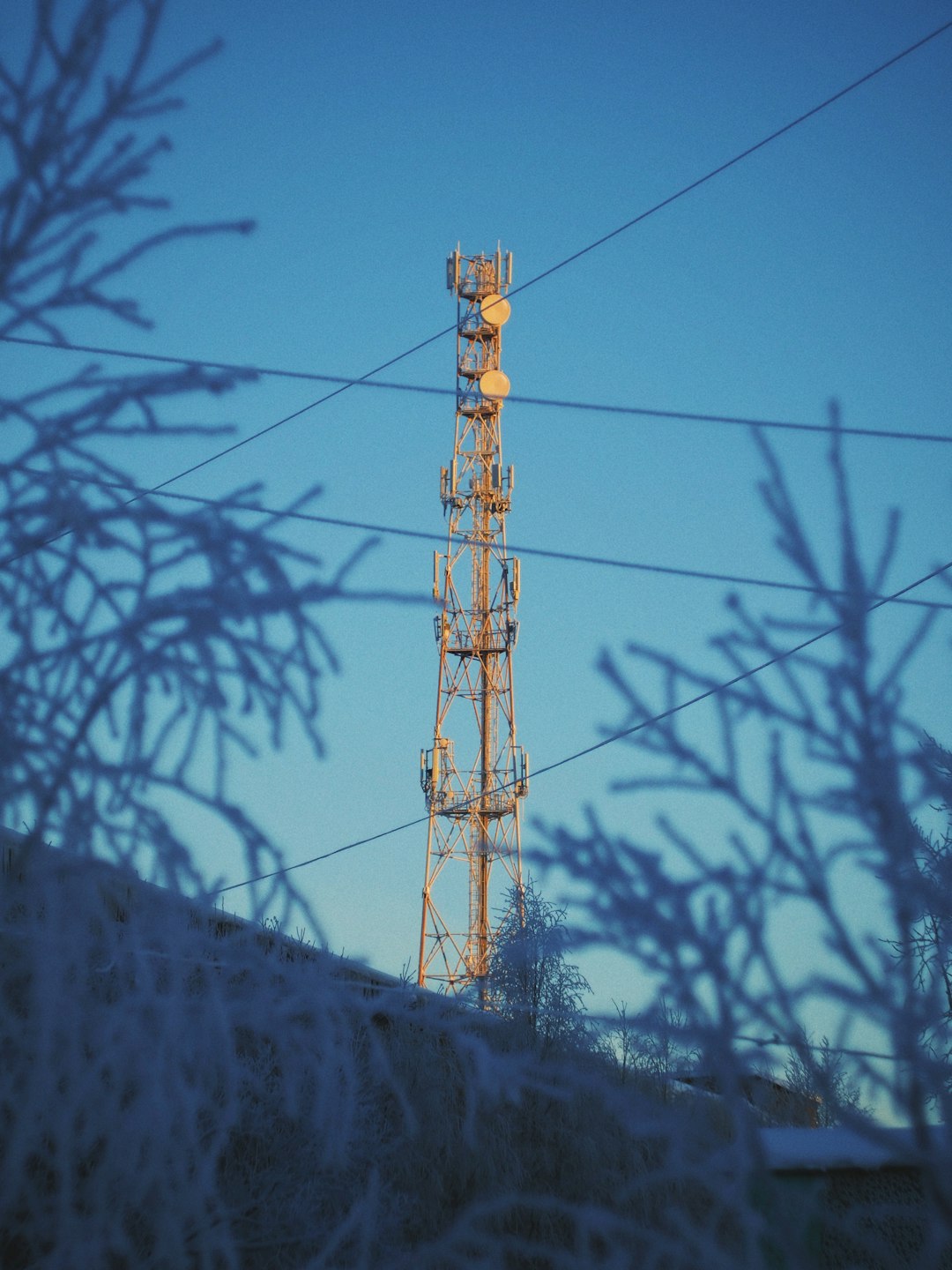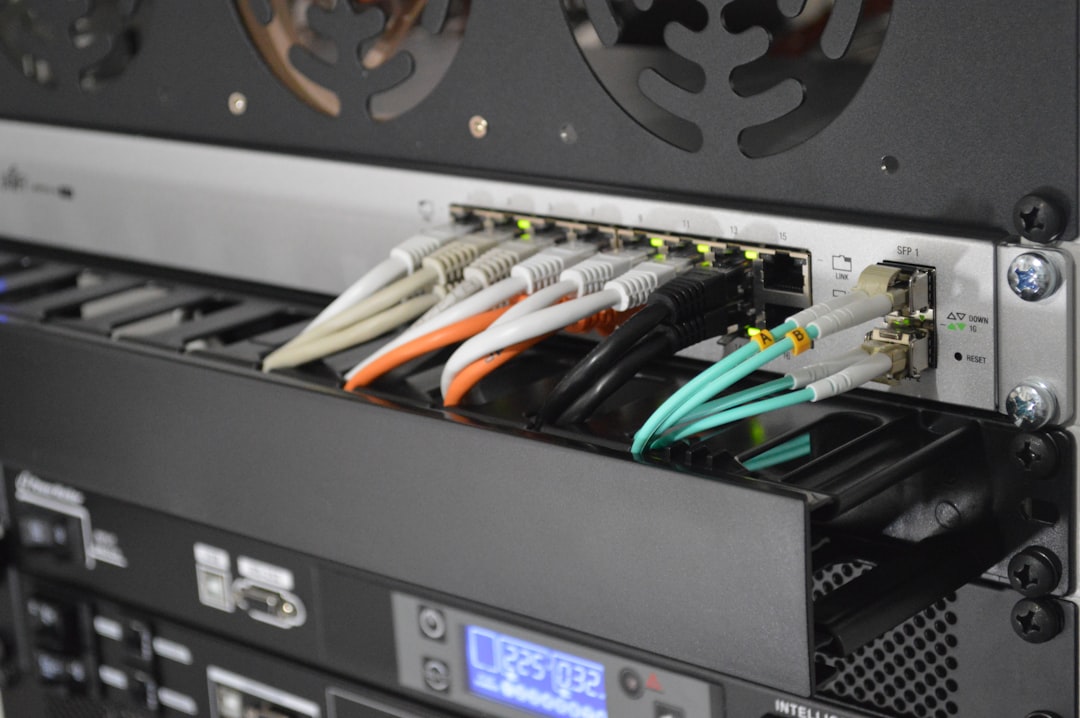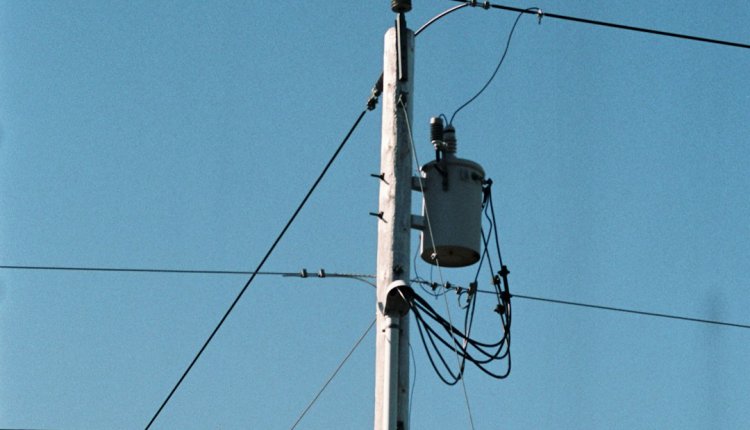Phone Jacks (RJ-11): Why They Haven’t Vanished Yet
In an era where smartphones, fiber optics, and 5G networks dominate the conversation, one might assume that the humble RJ-11 phone jack has become obsolete. Despite its seemingly antiquated appearance, this small plastic connector still finds relevance in surprising ways. Whether it’s nestled behind an office phone, resting quietly near a fax machine, or tucked into the walls of hotels and homes around the world, the RJ-11 has proven to be a tenacious survivor of the digital age.
What Is an RJ-11 Phone Jack?
The RJ-11, short for Registered Jack-11, is a standardized physical interface historically used for connecting telephones in North America. It typically carries one or two phone lines (using 2 or 4 wires) and connects to a modular plug with six positions. However, only the inner four are usually used.
Its most recognizable form is the small plastic wall port that connects landline telephones using coiled cords. While its design might seem outdated next to USB-C or Ethernet, it served as a telecom staple for decades.
The Peak and Decline
In the 1980s and 1990s, homes and businesses were wired with RJ-11 outlets as standard. Telephones, dial-up modems, fax machines, and even early credit card processing terminals relied on RJ-11 connections.
With the emergence of cellular networks, Wi-Fi, and digital voice services like VoIP in the 2000s, reliance on analog phone lines diminished rapidly. Consumers began ditching their landline services for mobile phones, and ISPs shifted to faster digital transmissions via cable or fiber.
So, if all these technological advancements have all but replaced analog phone lines, why does the RJ-11 jack persist?
Reasons the RJ-11 Hasn’t Disappeared
The continued presence of RJ-11 jacks may seem surprising, but there are several practical and institutional reasons they’ve endured.
1. Legacy Equipment Still in Use
Many businesses and institutions still use legacy devices requiring analog phone connections. Equipment such as:
- Fax machines – Despite being less common, faxes are still critical in sectors like healthcare and legal services.
- Security systems – Older alarm systems use landline connections to communicate with monitoring centers.
- Point of Sale (POS) terminals – Some credit card machines still utilize dial-up lines for processing.
Thousands of these machines remain functional and cost-effective, making it economically viable to continue using them rather than replacing entire systems.
2. Regulatory Requirements
Certain federal and local regulations mandate that emergency phone systems — such as those in elevators or rural areas — function independently of internet or cellular infrastructure. These systems often rely on analog lines, connected via RJ-11, because of their reliability during power outages or digital network failures.
3. Rural Internet Infrastructure
In many rural or remote areas, high-speed internet isn’t available. Instead, these regions still depend on DSL (Digital Subscriber Line) internet services, which use the same twisted pair phone lines and RJ-11 connectors as traditional phones.

In such scenarios, RJ-11 jacks serve as the entry point for DSL modems, acting as a bridge between rustic infrastructure and modern internet needs.
4. Cost-Effective Simplicity
The RJ-11’s design is affordable, easy to install, and requires no complicated setup. This makes it ideal for temporary offices, small businesses, or older buildings where rewiring for modern installations like fiber optics would be prohibitively expensive.
5. Reliable Power-Free Communication
Unlike cellular or internet-based phones that need electricity or battery backup, standard analog phones connected via RJ-11 get power directly from the phone line. This allows them to function during blackouts — a significant advantage in emergency situations.
Real-World Places You’ll Still See RJ-11
If you start looking, you might be surprised where RJ-11 connectors still show up:
- Hotels and motels – Often have analog phones in each room wired through RJ-11.
- Hospitals – Use analog systems for certain non-critical or internal communications.
- Universities and schools – Older buildings commonly still use RJ-11 jacks.
- Government buildings – Known for extended equipment lifecycles and conservative upgrades.
Challenges to Continued Use
Despite its advantages, the decline of RJ-11 continues, particularly as digital systems grow more affordable and accessible. Newer security systems, fax alternatives, online payments, and cloud-based communications now provide faster and more efficient options.
Another disadvantage is bandwidth limitation. An analog phone line cannot transmit data at the speeds modern digital services demand. For example, streaming HD video or hosting cloud files is well beyond RJ-11’s capability.

RJ-11 vs RJ-45: A Common Confusion
Often mistaken for one another due to their similar appearance, the RJ-45 connector — standard for Ethernet connections — has eight positions and wires, compared to the RJ-11’s six positions and four wires.
While both may fit into the same wall plate (and RJ-11 can sometimes fit into an RJ-45 socket), they serve very different purposes. Mixing them up can lead to damage or connection issues.
Can RJ-11 Adapt?
To some degree, yes. Hybrid devices that convert analog signals for digital systems exist, allowing RJ-11-connected phones to interact with VoIP networks. Such devices are beneficial for businesses transitioning to digital while still depending on analog infrastructure.
Analog Telephone Adapters (ATAs) are a prime example. They enable ordinary RJ-11 landline phones to route through internet-based phone systems, preserving investment while embracing innovation.
The Final Stretch?
It’s clear that the lifespan of the RJ-11 phone jack is tied to its specific niches rather than overall growth. Over time, many of the remaining use cases will transition to digital, cloud-based, or wireless systems. But that doesn’t mean RJ-11 will disappear overnight.
Technology transitions are rarely instantaneous. Infrastructure upgrades, regulatory hurdles, and economics all play a role in the slow, steady sunset of analog hardware like RJ-11. Until every remote hospital, rural farmhouse, and outdated POS terminal is upgraded, there’s still a place in the world for this little jack.
Final Thoughts
The RJ-11 phone jack represents a fascinating case of technology outlasting its prime due to practical necessity. It reminds us that in a world racing toward the next innovation, old tech still has a role — especially when it’s reliable, simple, and deeply embedded in the infrastructure.
So next time you spot that curious little wall jack, know you’re looking at more than just a relic. You’re seeing a survivor.

Comments are closed, but trackbacks and pingbacks are open.